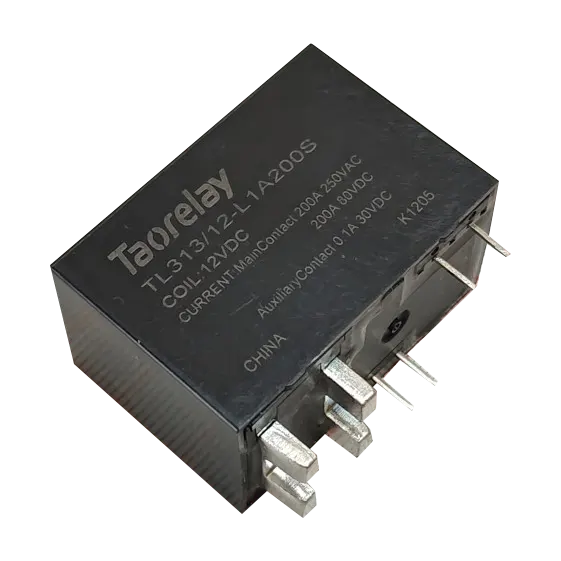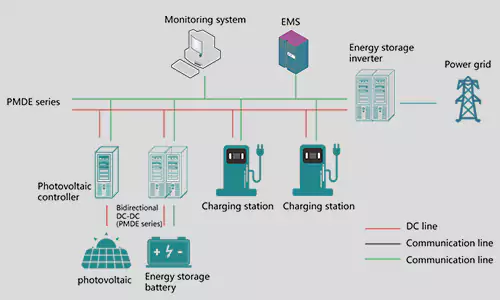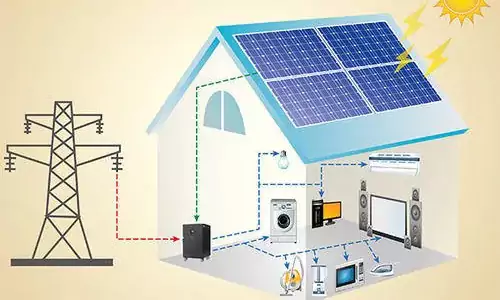Residential solar energy storage systems combine solar power generation with energy storage devices, providing clean and stable electricity for homes. These systems are particularly useful in remote areas, regions with frequent power outages, or for households aiming to reduce electricity bills. Below are the core aspects of such systems:
1. System Components
A typical residential solar energy storage system includes:
- Solar Panels: Convert sunlight into direct current (DC) electricity, commonly using monocrystalline or polycrystalline cells.
- Inverter: Converts DC electricity to alternating current (AC) for household use.
- Energy Storage Battery: Stores excess electricity; commonly used options include lithium-ion batteries (e.g., LiFePO₄) or advanced solid-state batteries.
- Battery Management System (BMS): Monitors and optimizes battery performance to ensure safe operation.
- Energy Management System (EMS): Coordinates power generation, storage, and consumption to enhance efficiency.
2. Main Functions and Benefits
- Self-Sufficiency: In areas with sufficient sunlight, homes can rely entirely on solar power, reducing dependency on the grid.
- Peak Shaving and Load Shifting: Reduces grid electricity use during peak hours and utilizes stored energy during nighttime or cloudy days to lower costs.
- Backup Power: Provides emergency electricity during outages to ensure essential household functions.
- Eco-Friendliness: Decreases reliance on fossil fuels, reducing the household’s carbon footprint.
3. Technical Requirements
- Efficient Power Generation: Use high-efficiency solar panels (e.g., PERC or perovskite) to maximize energy conversion.
- High-Capacity Batteries: Sufficient capacity to meet household energy needs, typically designed for 5kWh to 20kWh.
- Fast Response Time: The system should quickly respond to peak demand or outages for seamless operation.
- Safety Features: Incorporate overcharge, over-discharge, and overheat protection to prevent fire or equipment failures.
4. Design and Installation Considerations
- Energy Demand Assessment: Tailor the system size based on household electricity consumption and usage patterns.
- Space Requirements: Solar panels need rooftop or ground space, while batteries and inverters require indoor or well-ventilated areas.
- Grid-Tied vs. Off-Grid: Choose between grid-tied systems (integrated with the grid) or off-grid systems (completely self-reliant) based on needs.
- Scalability: Design the system to allow for future capacity expansion or technology upgrades.
5. Economic Analysis
- Initial Costs: The upfront cost includes equipment purchase, installation, and commissioning (typically $5,000–$20,000, depending on scale).
- Operating Costs: Solar power generation has no fuel cost, but batteries may need periodic replacement (e.g., lithium batteries last 8–15 years).
- Payback Period: Through electricity savings and government incentives, most systems achieve payback within 5–10 years.
6. Policies and Incentives
- Net Metering: Allows excess power to be fed back into the grid, earning credits on electricity bills.
- Government Subsidies: Some regions offer installation subsidies, tax credits, or low-interest loans for solar systems.
- Green Incentives: Participation in renewable energy programs can earn additional rewards.
With proper planning and design, residential solar energy storage systems can significantly reduce household electricity costs while promoting sustainable energy use and supporting a green lifestyle.








